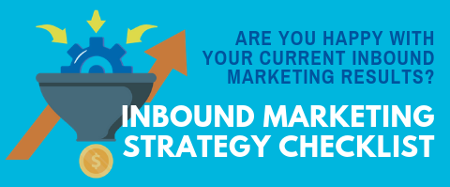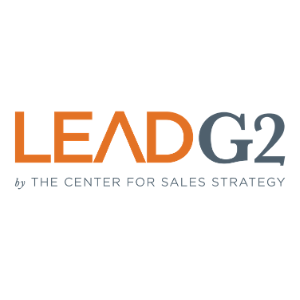
You work hard to get website visitors to a landing page. You’ve probably written blog posts, promoted them on social media, maybe even run an AdWords or other digital campaign. You put a lot of time and money into getting people to your landing pages. So you don’t want to waste that opportunity.
Landing pages are a different animal than homepages or other pages on your website. The visitor likely has little inclination to roam around and look for information patiently—he or she probably arrived wanting something specific. Landing pages have unique requirements to be effective.
Whether you want people to register for an event, request a consultation, subscribe to an email list, or access an eBook, the one single goal of a landing page is to convert that visitor to a known lead. Here are 10 elements of landing pages that convert.
-
A headline that connects with the visitor’s need or desire. Your visitor has arrived at your landing page for a specific reason—to solve a specific problem or to get help in a particular area. Make your headline about that thing. If your landing page is directed to media salespeople for eBook about how to sell advertising, make your headline “How to Sell More Advertising and Grow Your Commissions” rather than “Selling Advertising in 2015”. Think benefits, not features.
-
A single focus. On other website pages, a visitor likely has several options: navigate to another page, click any number of buttons, read sidebars, etc. On a landing page, your visitor has arrived with a goal. Make it as easy as possible for him or her to accomplish it. Study after study shows that even including your navigation menu causes conversions to plummet. Focus on one call-to-action. Don’t let visitors get distracted.
-
Be specific. You need the visitor to be able to envision what life will be like if he or she takes action. Invite your visitor to “imagine if. . . .” Paint a picture of the visitor using the product or service, showing how he or she will be able to overcome problems and reach goals.
-
Make the information easy to digest. Use bullet points, bold, headlines, and other layout techniques to break the information into easily-understood chunks. No one has the patience or time to sit and try to decipher what you’re really saying if it isn’t immediately clear.
-
Prove yourself. Visitors all arrive to landing pages with a certain amount of skepticism. Knock that doubt out of the way with testimonials, short case studies or stories of how other clients are benefitting from your solutions, and other forms of social proof.
-
Make your form as short as possible. The length of landing page forms is a constant debate. Marketers want as much information on the lead as possible, and sales needs to know qualifying characteristics to spend their time contacting the right people. But if people are deterred from filling out your form because it’s too long or asks for too much personal information, you don’t have a lead at all. Nearly every A/B test shows that more fields means less conversions. Maybe your audience is different or your offer is really that valuable and you can away with more, but do some A/B tests to know for sure.
Resources:
If you want more tips on how to create effective landing pages, check out what our favorite experts have to say:

.png)







Leave a Comment